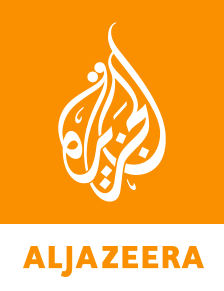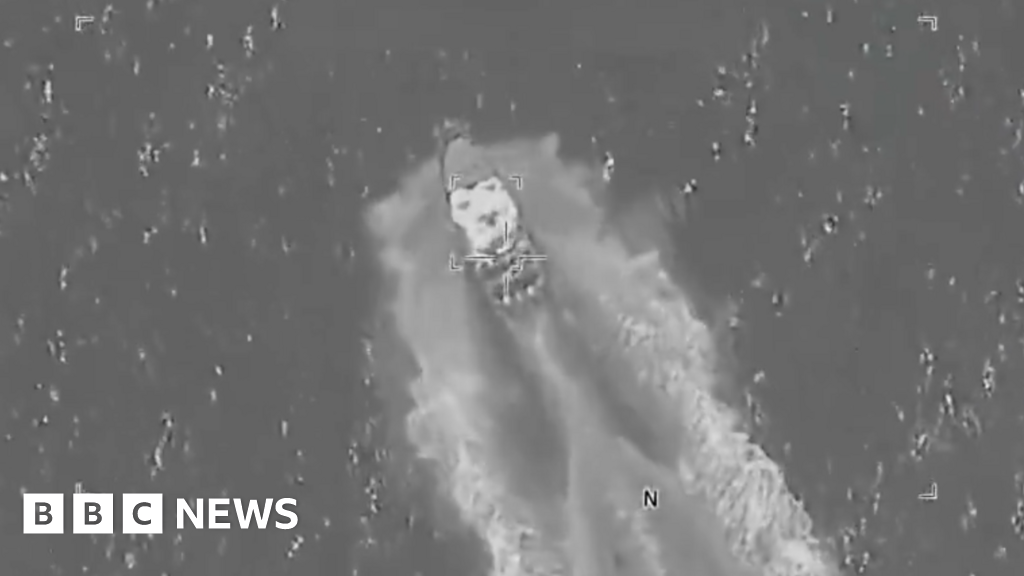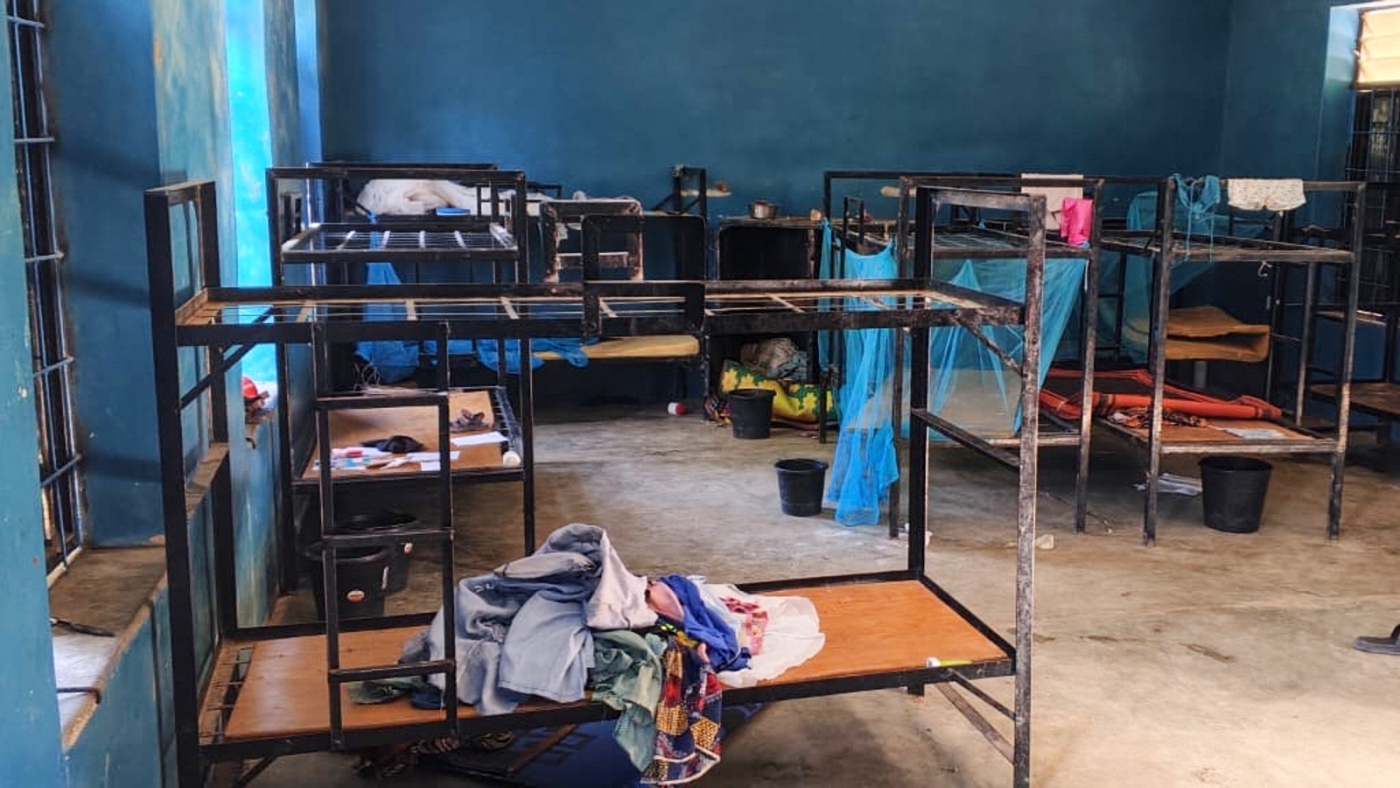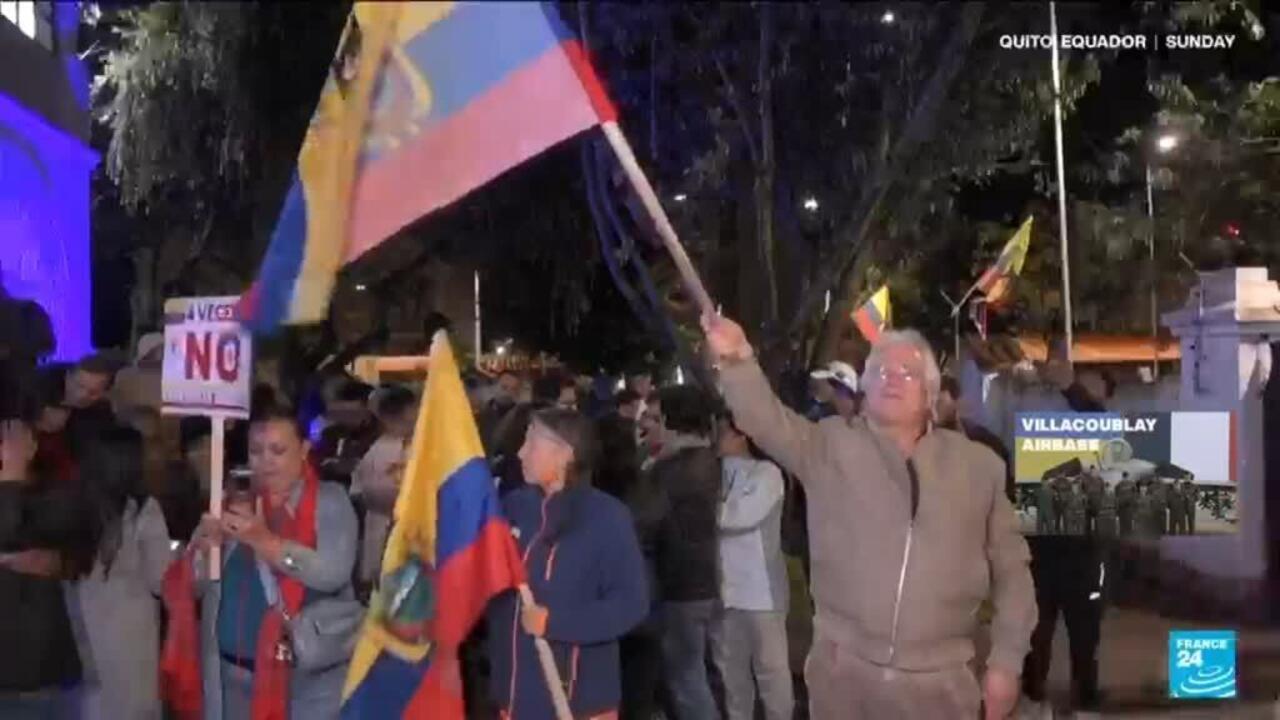Thousands of people are feared to have been murdered in the western Sudanese city of el-Fasher, capital of North Darfur state, since the paramilitary Rapid Support Forces (RSF) seized it.
El-Fasher fell on Sunday after 18 months of RSF siege, which blocked the entry of food and essentials for hundreds of thousands of people trapped inside.
Recommended Stories
list of 4 items- list 1 of 4Yale report finds evidence of RSF mass killings in Sudan’s el-Fasher
- list 2 of 4Video evidence of atrocities emerges as Sudan’s RSF seizes el-Fasher
- list 3 of 4‘A true genocide’: RSF kills ‘at least 1,500 people’ in Sudan’s el-Fasher
- list 4 of 4Photos: Fears of mass atrocities after Sudan’s el-Fasher falls to RSF
Sudan has been ravaged by a civil war for the past two-and-a-half years, causing an estimated 40,000 deaths and the displacement of 12 million people, the UN says.
Here’s what we know about the reported massacres in el-Fasher:
What happened in el-Fasher?
The RSF seized el-Fasher on Sunday, taking SAF’s last remaining positions in the Darfur region – some 2,000 people had been killed by Wednesday, according to reports.
Some 1.2 million people in the city had been under siege for 18 months, forced to survive on animal feed as the RSF built 56km (35-mile) of barriers, preventing entry of food and medicine and sealing off escape routes.
Videos shared online and verified by Al Jazeera’s Sanad verification agency showed RSF fighters executing and torturing people. RSF members have frequently recorded themselves committing atrocities in the past.
Sudanese medical and rights groups, including the Sudan Doctors Network, said the RSF was committing mass killings, detaining people and attacking hospitals.
The UN Human Rights Office said the RSF’s actions included summary executions of people fleeing, and that there were “indications of ethnic motivations for killings”.
An analysis by Yale’s Humanitarian Research Lab (HRL) appeared to confirm reports of mass killings, using satellite imagery and remote-sensing data.
HRL concluded that clusters of objects and ground discolouration are evidence of human bodies and pools of blood. The clusters and discolouration were not present in images taken before the RSF invaded, the report noted.
More than 26,000 people have fled el-Fasher in just two days, most on foot towards Tawila, 70km (43 miles) to the west, the UN said. Some 177,000 civilians remain trapped in el-Fasher, according to the International Organization for Migration.
Meanwhile, atrocities have been reported in Bara, in neighbouring North Kordofan state, which the RSF announced it had seized control of on October 25, and where it has reportedly attacked civilians and humanitarian workers.
The International Federation of Red Cross and Red Crescent Societies said on Monday that five Sudanese volunteers with the organisation had been killed in Bara and that three more were missing.
Bara is just outside el-Obeid, a strategic city currently under SAF control, but which the RSF is advancing to take.
 (Al Jazeera)
(Al Jazeera)Where are el-Fasher and el-Obeid, why are they important?
Both are major cities located in western Sudan and have become key battlegrounds.
The RSF is already deeply embedded across the west of the country and wants to completely dominate the area, while the SAF is attempting to push into RSF territory from its strongholds in the east.
El-Fasher is the capital of North Darfur and, until Sunday, was the last major city that had not fallen to the RSF in Darfur. With its seizure this week, the country is now effectively partitioned between a SAF-controlled east and an RSF-controlled west.
The RSF has declared a parallel government across Darfur, while the Sudanese army is in eastern, central and northern strongholds.
El-Obeid is the oil-rich capital of North Kordofan state, in the Kordofan region neighbouring Darfur and is a strategic link between Darfur and Khartoum.
El-Obeid is currently controlled by SAF, but the RSF is attempting to close in, which would mean losing SAF’s crucial buffer between its Khartoum base and RSF territory, analysts say.
On October 25, the RSF announced that it had retaken Bara, just 59km (37 miles) from el-Obeid, which SAF had just taken from it in September.
The RSF had launched attacks on el-Obeid from Bara, attempting to besiege it, and it can now move closer to el-Obeid, where at least 137,000 people were sheltering by July, according to Mercy Corps.
What have both sides said about the seizure of el-Fasher?
On Monday, SAF commander and de facto leader General Abdel Fattah al-Burhan announced that his troops had withdrawn from el-Fasher to spare the population “the systemic destruction and the systemic killing of civilians” by the RSF.
But, he added: “We are determined to avenge what happened to our people in el-Fasher.”
On Wednesday, Foreign Minister Hussein Al-Amin blamed the international community for failing to take action against the RSF.
The RSF maintains that it seeks to “unify Sudan” under a “true democracy”, its leader, Mohammed Hamdan “Hemedti” Dagalo, said on Wednesday, adding that any individuals found to have committed crimes against civilians would be held accountable.
Who are the RSF?
The paramilitary group initially formed as the “Janjaweed”, nomadic tribal armed groups that fought for longtime President Omar al-Bashir during the Darfur war that started in 2003, becoming feared for their viciousness.
The Janjaweed were accused of targeting the rebelling sedentary tribes, with some rights organisations calling it a genocide with between 100,000 and 300,000 people killed and 2.5 million people displaced.
In 2013, al-Bashir formalised the Janjaweed as the RSF, with about 100,000 members. Then, a 2017 law gave it more power as an independent security force.
The RSF helped overthrow al-Bashir during the popular uprising of 2019. Then, in 2021, it allied with SAF to overthrow civilian Prime Minister Abdalla Hamdok, ending the civilian-military transition government.
How did Sudan’s conflict start?
But tensions grew between Hemedti and al-Burhan over when the RSF would merge with the SAF, and which group would lead, resulting in the outbreak of war on April 15, 2023.
The main dispute is who will lead the country, with SAF demanding that the RSF integrate fully into its ranks and command structure.
Rights groups have accused both sides of committing atrocities in the conflict.
In January, the US Department of State declared that the RSF and its allied armed groups were committing genocide in Darfur.
What’s at stake?
Most importantly, thousands of lives.
Sudanese rights groups have warned that an RSF takeover of el-Fasher would be catastrophic for civilians, particularly those from sedentary, “non-Arab” tribes.
Al Jazeera’s Hiba Morgan, reporting from Khartoum, said people who fled el-Fasher told of the RSF going door to door and executing people based on ethnicity.
Close to 500 people have reportedly been killed in the city’s Saudi Hospital, where patients, health workers and fleeing people were sheltering.
The RSF reportedly detained hundreds of others, and there are many reports of sexual violence against women.
Analysts say more massacres are likely to happen in any place seized by the RSF.
The seizure of el-Fasher gives the RSF control of the entire Darfur region, a vast region strategically located along the Chad, Libya and South Sudan borders and a significant source of Sudan’s gold.
A 2024 report from the Italian Institute for International Political Studies (ISPI) noted that fighting for Sudan’s gold was a partial driver of the war.
What attempts have been made to end the war?
Several rounds of peace talks led by Saudi Arabia, the United States, and the African Union have failed to have any major impact.
More recently, the US joined Saudi Arabia, Egypt and the UAE – together known as the “Quad” – to chart a plan they announced on September 12, calling for an end to the fighting.
Their timeline proposed a humanitarian truce for three months to allow aid in, eventually leading to a permanent ceasefire. It also called for a transition to civilian control within nine months.
Al-Burhan initially rejected this deal, demanding that the RSF be disbanded. But after meeting Egyptian President Abdel-Fattah el-Sisi on October 15, he appeared open to it.
Last week, representatives of SAF and RSF reportedly held indirect negotiations in Washington, DC, with further talks scheduled at the end of October.
However, that was before the RSF took el-Fasher. Matters are now unclear.

 1 month ago
16
1 month ago
16










 English (US) ·
English (US) ·